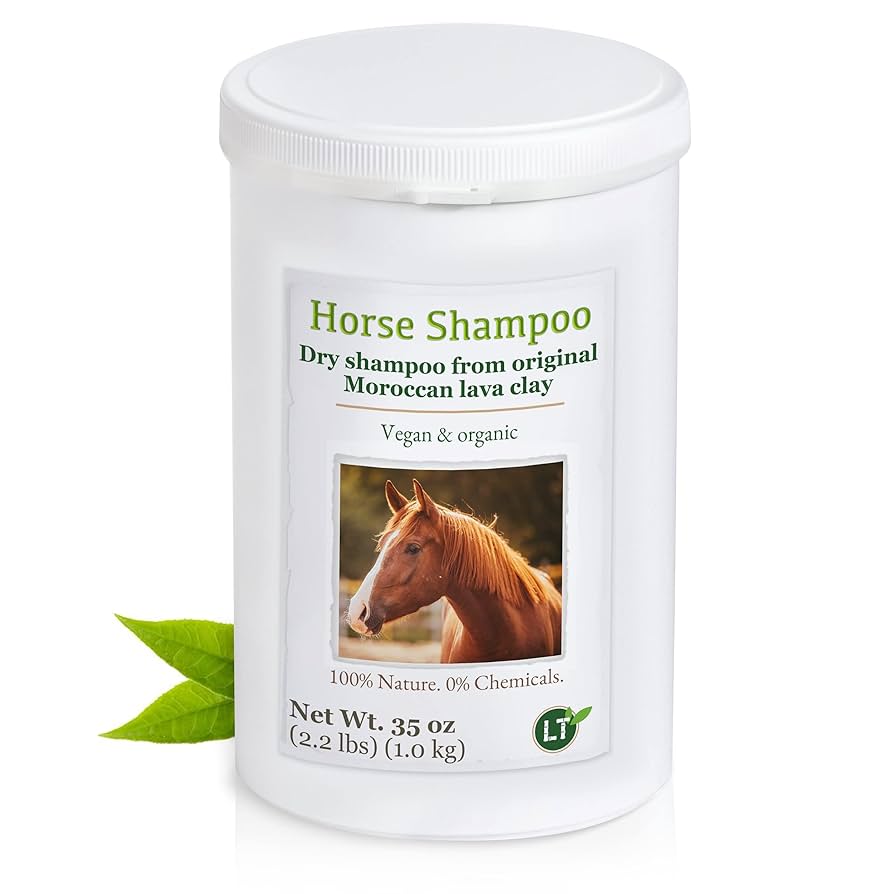Grooming Sensitive Horses: Gentle Techniques
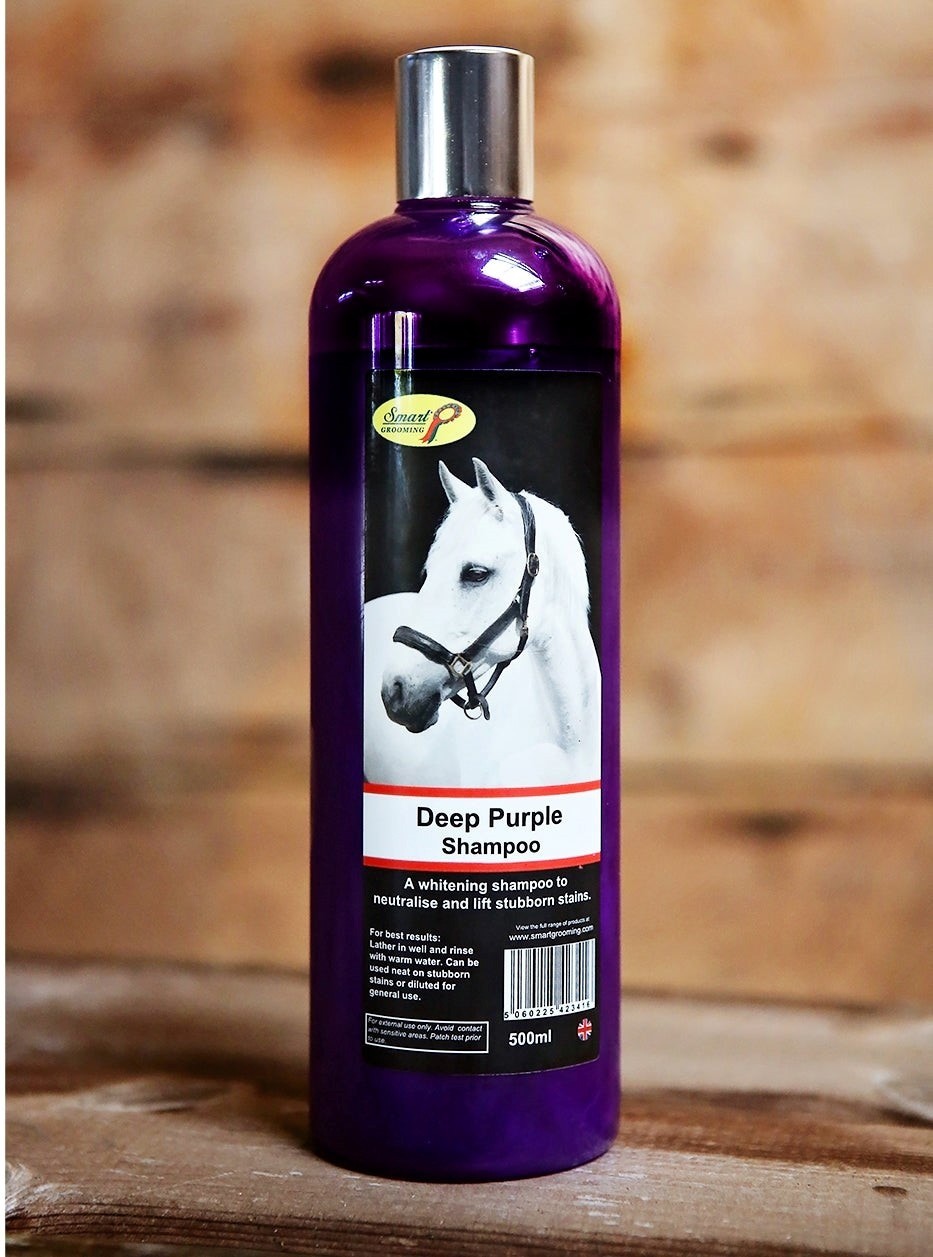
Grooming sensitive horses requires patience, understanding, and the use of gentle techniques to ensure the horse remains calm and comfortable throughout the process. This article explores effective methods, tools, and tips to help you groom sensitive horses with care.
Understanding Sensitive Horses
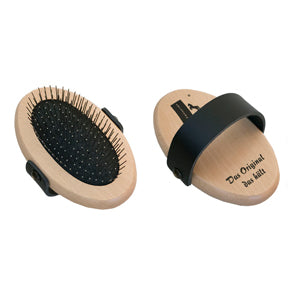
Sensitive horses are those that react strongly to touch, noise, or sudden movements. They may be nervous, easily startled, or have had negative grooming experiences in the past. Recognizing these traits is the first step in adapting your grooming approach.
| Characteristic | Description |
|---|---|
| Nervousness | Easily startled by sudden movements or sounds |
| Skin Sensitivity | Reacts to touch, may have thin or delicate skin |
| Behavioral Signs | Flicking tail, pinned ears, or moving away |
Preparing for Grooming
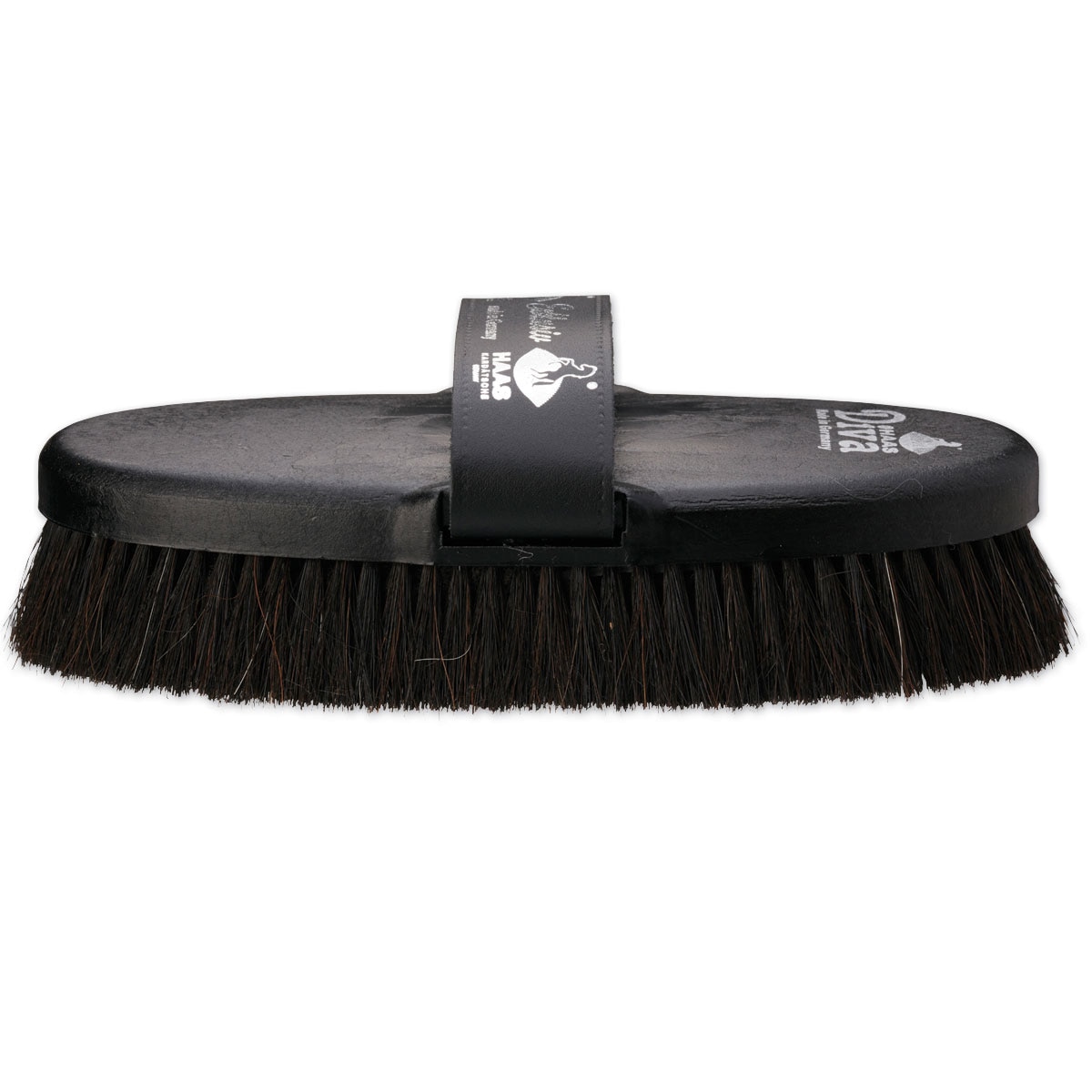
Before grooming, create a calm environment:
- Choose a quiet, familiar area free from distractions.
- Approach the horse slowly and speak softly.
- Use a soft cloth or sponge initially to test the horse’s comfort.
Gentle Grooming Techniques
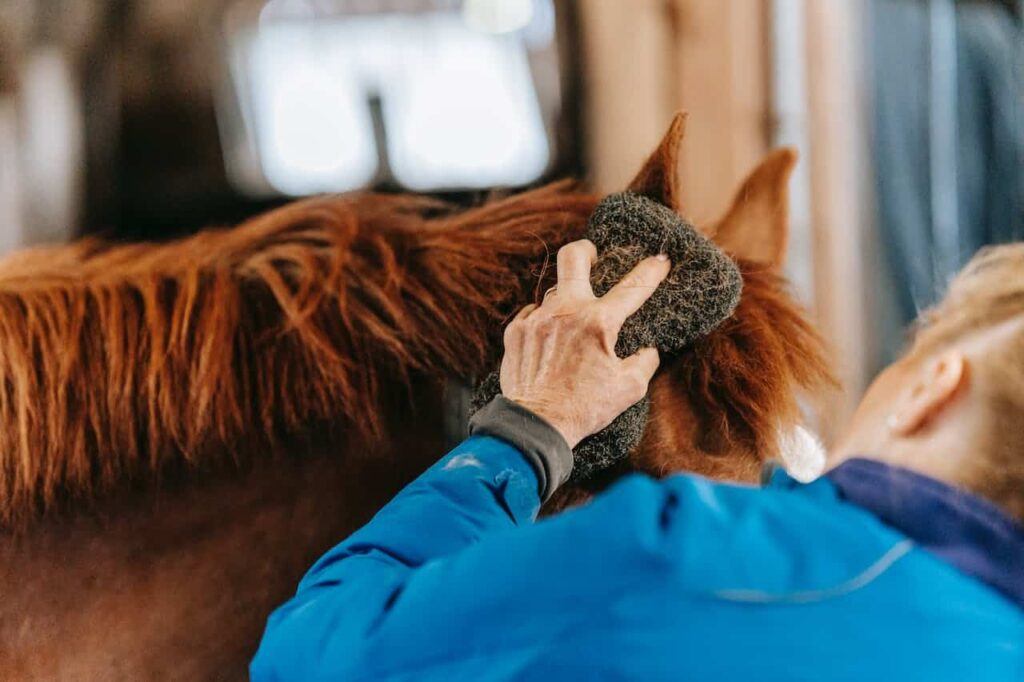
1. Use Soft Brushes and Tools
Opt for rubber curry combs or soft-bristled brushes instead of stiff ones. These tools are less likely to irritate sensitive skin.
2. Start with Light Touches
Begin grooming with gentle strokes, gradually increasing pressure only if the horse seems comfortable.
3. Follow the Horse’s Cues
Pay attention to signs of discomfort such as tail swishing or ear pinning, and adjust your technique accordingly.
4. Break Grooming into Short Sessions
Sensitive horses may become overwhelmed; shorter, more frequent grooming sessions can help maintain calmness.
Grooming Routine Example
| Step | Tool/Method | Purpose |
|---|---|---|
| Wiping | Soft cloth | Remove dust and dirt gently |
| Curry Combing | Rubber curry comb | Loosen dirt without irritation |
| Brushing | Soft-bristled brush | Clean coat and stimulate skin |
| Mane and Tail Care | Wide-tooth comb | Detangle without pulling |
Additional Tips
- Use treats to reward calm behavior.
- Avoid grooming immediately after feeding.
- Regularly check for skin conditions or injuries.
FAQ
Q1: How often should I groom a sensitive horse?
A: Grooming frequency depends on the horse’s activity and environment, but daily short sessions are ideal.
Q2: What if my horse becomes anxious during grooming?
A: Pause, speak softly, and try to soothe the horse. Resume only when it appears relaxed.
Q3: Can sensitive horses be trained to enjoy grooming?
A: Yes, with consistent gentle handling and positive reinforcement, many sensitive horses learn to tolerate or even enjoy grooming.
Grooming sensitive horses with gentle techniques not only improves their comfort but also strengthens the bond between horse and handler. By understanding their needs and responding with care, you can make grooming a positive experience for both.
